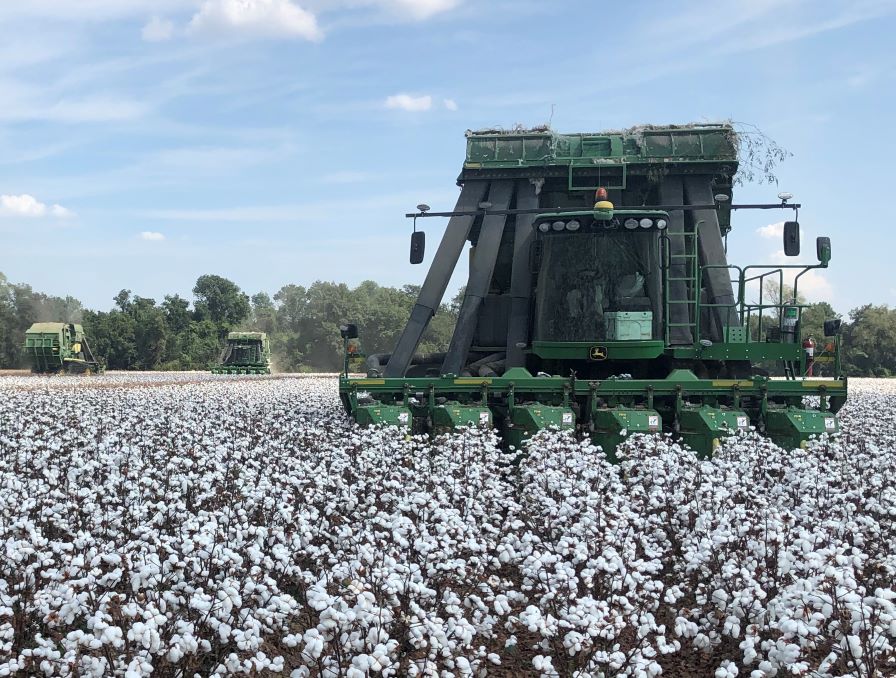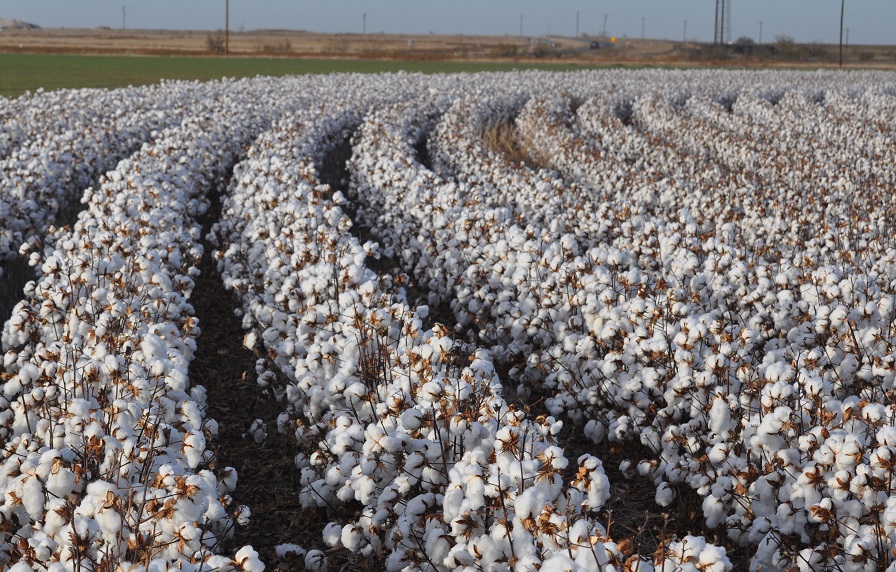For 2025, Count on Residuals and Other Post Herbicides for Weed Control
With dicamba off the market for 2025, Beltwide weed scientists continue juggling other herbicides to control weeds in XtendFlex-based varieties bred with dicamba resistance.
Whether it’s dicamba-tolerant or Enlist varieties, glufosinate combined with residuals are a must to control weeds, says Maxwell Smith, Oklahoma State University Extension IPM Specialist.
“The key is using residuals,” says Smith. “Growers should start 45 to 60 days before planting with a Valor and Prowl-type yellow tank mix to keep kochia, Palmer pigweed or other weed seeds from emerging.”
“At planting, apply a burndown like paraquat, with a residual like Direx or Caparol with Sinister for more modes of action (MOA),” he adds. “That should provide four to five weeks of weed control before starting post emerge applications.”
For those applications, Smith recommends glufosinate and a residual like Dual, Outlook or Warrant, noting glufosinate works better in higher humidity, with morning applications if possible, and incorporation through irrigation or rainfall.
For Enlist varieties, he suggests a similar program starting 45 to 60 days before planting.
“For post applications, residuals provide more MOAs to prevent relying solely on Enlist and or glufosinate to clean us up,” Smith says. “With residuals, we’re not putting so much resistance pressure on those weeds.”
Pigweed Still Reigns in the Mid-South
Look for more Enlist cotton in the Mid-South in 2025, says Tom Barber, University of Arkansas Extension Weed Specialist.
“We’re pigweed heaven in northeast Arkansas, the Missouri Bootheel, and western Tennessee,” he says. “Some pigweed has a six- to sevenway herbicide resistance. Residuals are essential, regardless of the post system used. With some growers switching to Enlist, we may fall from over 95% XtendFlex to below 90%.”
Barber recommends that growers start with one pint of Brake and 24 ounces of Cotoran. “Also consider Cotoran and Caporal at 24 ounces each or reduce both to one pint each in sandier soil,” he says. Residuals applied with a burndown can also lower pressure on the post emerge pigweed war. “If it’s too cool to plant, run the sprayer first if you can plant during the next five to six days,” Barber suggests. “Get herbicides activated to stay ahead of pigweed.”
He sees success in mixing glufosinate with Enlist One.
“Whether it’s glufosinate or Enlist, the first post should include a residual to get a barrier down to help manage pigweed,” he says. “Include Dual or Outlook. One way or another, get the residual barrier down.”
If moving from dicamba to glufosinate, he suggests a second post application within 7-10 days to manage pigweed escapes.
Barber says pyroxasulfone (Anthem Flex or Zidua) post-direct or impregnated on fertilizer at the 6- to 8-node growth can provide residual pigweed control if properly activated.
Many residuals cost less than many newer herbicides. “But no matter what herbicides are used, expect to pay at least $100 to $150 per acre for weed control,” Barber warns. “Spend money up front, or it’s almost impossible to catch up with pigweed.”
Apply Residuals Early in West Texas
In dry, windy West Texas, herbicide incorporation is often incomprehensible. Reagan Noland, Texas A&M University AgriLife Extension Agronomist and Associate Professor, says more growers are applying yellow herbicides early, namely Treflan in tillage and Prowl H2O in no-till operations.
He also notes an increase in flumioxazin use across the region. “In early-season burndown applications six to eight weeks before planting, Valor or generics like Panther or Flumi are often tank-mixed with 2,4-D and glyphosate,” Noland says.
He says burndowns applied as at-plant applications include contact herbicides like Gramoxone, Aim, or Rezilon, and there’s increasing use of residuals like Direx, Caparol, or Cotoran. They suppress early weed emergence but can vary in potential for crop injury versus length of residual activity. Growers should also consider Group 15 herbicides like Warrant and Dual at-plant or postemerge.
Noland says that supplementing glyphosate treatments with Outlook, Dual, or Warrant, along with glufosinate or Enlist, should also be considered,. he says. He also notes advancements in applying Zidua and Anthem Flex impregnated on dry fertilizer, although it will likely require timing when to fertilize and when residuals are applied.
“It works well if these align, but we don’t want to compromise the efficacy of one application to accommodate another,” Noland says.
“Without dicamba, all options that apply in XtendFlex cotton are also options in Enlist cotton, although Enlist can be used in pre or post applications,” he says. “While there’s concern with off-target damage, growers using Enlist have gained confidence with it, and crop-damage issues have been less frequent in recent years.”
Using residuals and diversifying modes of action help take selection pressure off of post applications. “They help limit our need to manage emerged weeds and offer the most important strategy to slow or prevent further development of resistant weeds,” explains Noland.








